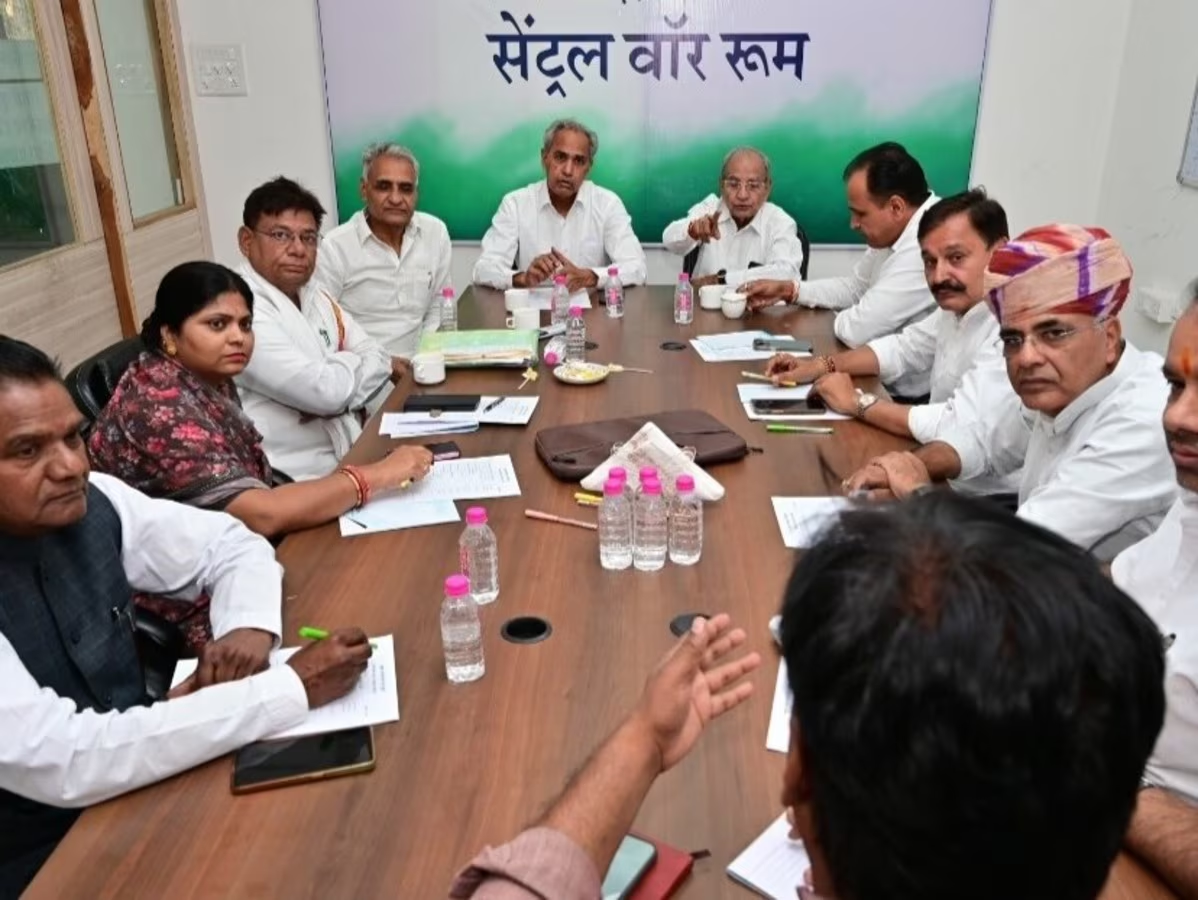Jaipur : Jaipur Adorned with the colours of its great and glorious past, the historic city of Jaipur is one of the most spectacular and culturally vibrant destinations in the world.” Jaipur, the capital of Rajasthan, has been winning the hearts of people for centuries with its grandeur. The city has mastered the art of welcoming its visitors with open arms. Its current form is a humble reflection of its rich historical past. Yes! Despite a lot of modernisation, Jaipur has not abandoned its roots. Here’s a quick look at the history of Jaipur.
Birth of the city
The history of Jaipur began when the state of Jaipur was formed after the vibrant and prosperous kingdom of Amer. This colorful city was founded by Maharaja Jai Singh II, also known as Sawai Jai Singh, in 1727. There is no doubt that Jaipur is a well-designed city as its founder was a renowned mathematician and astronomer. Vidyadhar Bhattacharya was a Brahmin scholar from Bengal who assisted Sawai Jai Singh in designing the architecture of the city. The major places, roads and squares took 4 years to complete and each was constructed keeping in mind the techniques of Vastu Shastra.
Power struggle
Jaipur had to struggle to stay in power, but it remained a princely state until 1948. The history of Jaipur tells of the internal power struggles in the Pink City. Although it was defeated by the Marathas in the Battle of Patan fought in 1790, it had enough wealth to continue its patronage. Sawai Jai Singh was followed by Ishwari Singh, followed by various rulers belonging to the Kachwaha dynasty. Jaipur became a part of the Union of India on 7 April 1949. Currently, Sawai Padmanabh Singh and his royal family reside in the City Palace of Jaipur.
Why Pink City?
In 1876, the Prince of Wales and Queen Victoria were due to visit India. Pink colour symbolises hospitality, so to bring alive the essence of the welcoming words “Padhaaro mahare desh”, Maharaja Ram Singh got the city painted in this beautiful colour. The terracotta pink colour adds seven stars to the glory of this majestic city. Even today if you visit Jaipur, you will find historic gates and squares that have now turned into bazaars and are drenched in the colour of hospitality and have etched themselves in the history of Jaipur.
Echoes of history in the form of ancient monuments
Every wall you see in the city will make you wonder about the grandeur of Jaipur’s architecture. Each of the monuments listed below has managed to retain its vibrancy and uniqueness till date and contributes to the history of Jaipur in a big way.
Hawa Mahal
Hawa Mahal also known as the Palace of Winds, reflects the excellence of mind and beauty. It was built by Maharaja Sawai Pratap Singh who was known for his brilliance. The royal families followed the purdah system under which women were not allowed to interact with strangers. Hence, Hawa Mahal was built to keep the women of the royal families connected with the outside world. This gave them a chance to watch many processions and events from the windows. In the form of building this heritage building, a step was taken towards the social upliftment of women by Maharaja Sawai Pratap Singh.
Amer Fort
The birthplace of Princess Jodha Bai of Amer, this fort was built by Raja Man Singh in 967 AD. The construction, renovation and expansion of the fort was spread over a period of 100-150 years. Jai Man Singh I took upon himself the task of expanding the fort on the Aravalli range.
Nahargarh Fort
Literally meaning ‘abode of tigers’, the Nahargarh Fort was built by Maharaja Jai Singh II in 1734. Its construction technique is derived from Indo-European architecture. At first, the palace was built as a retreat, but in later times, the fort witnessed important treaties with the Marathas. Also, during the Indian Rebellion of 1857, Sawai Ram Singh moved the Europeans and the wife of the British Resident to this fort to provide protection from external riots.
Jaigarh Fort
Stand anywhere in the city of Amer, and you will easily spot the endless walls of this fort. It was a defensive structure built in 1726 by Sawai Jai Singh to protect the Amer Fort. During the Mughal dynasty, this fort was the place for casting major cannons as iron ore mines were abundant in its area. The huge water tank which was used to store 6 million gallons of water had chambers underneath it which were used to hide loot. Apart from this, the fort is home to the world’s largest cannon, the Jaivana Cannon.
Jal Mahal
History of Jaipur, History of JaipurJal Mahal is situated in the middle of Sagar Lake away from the hustle and bustle of the city. In ancient times, it served as a hunting ground for the Maharajas. It has 5 floors, out of which only the topmost floor is above the water level. It looks worth seeing when seen at night. Jal Mahal is another fascinating example of the different thinking of the rulers of the city.
City Palace
Built between 1729 and 1732; the City Palace is currently home to the royal family of Jaipur. This palace comprises of the Chandra Mahal and Mubarak Mahal, exuding the grandeur of the palace. It has gardens, courtyards, temples and many other magnificent buildings. One seventh of the city of Jaipur comes under the geographical influence of the majestic City Palace. Man Singh II was the last Maharaja of Jaipur who ruled from the Chandra Mahal, after Jaipur merged with the Indian Union. Also, today this palace has not only become a place to witness historical valor but also one of the best options for destination weddings in India.
Jantar Mantar
Jantar Mantar is the largest astronomical observatory among the 5 built by Sawai Jai Singh. This heritage attraction showcases the knowledge possessed by the former Rajputana king. It consists of nineteen architectural astronomical instruments. The huge sun clock or Samrat Yantra, situated at a height of 27 meters, was used to predict the weather and planetary movements.


